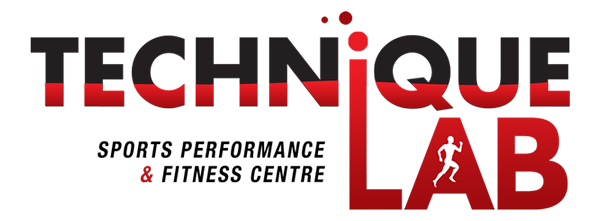Understanding the impact of rest on the Sports Performance is key to a successful training program, where success is defined as the athlete delivering t heir best performance at the desired time. Rest is actually a training component and should be included in the training design and it can be passive or active. The difference between the 2 being that for passive rest the heart rate is allowed to drop significantly while for active rest the heart rate remains elevated but not at the same level as during the workout or exercise.
heir best performance at the desired time. Rest is actually a training component and should be included in the training design and it can be passive or active. The difference between the 2 being that for passive rest the heart rate is allowed to drop significantly while for active rest the heart rate remains elevated but not at the same level as during the workout or exercise.
The coach should consider the amount of rest during the training session as well as the rest in between sessions. It is during the rest periods that adaptation and recovery takes place, with the later requiring more than just not engaging in any physical activity. Massages and nutrition play a key role in the recovery. In cases where rest is disregarded or not properly utilized, the player/athlete may over-train – a condition where the individual does not see any improvement in their performance even though they consistently train. The consequences can be both mental and physical. Hard workouts must be properly spaced in the training cycle and should never be back to back sessions. Of course “hard” can be subjective to the athlete/player based on their fitness level and mental toughness to endure. The concept of individualization of the training program is also relevant to this discussion. The coach also has no control over the intensity of the effort from the player/athlete, and his/her only control is that of the rest period. Manipulating the rest period based on the intensity must be guided and documented for review and tweaking.
The challenge for the coach in prescribing the rest in a group/team setting requires some tools, but it is key to understand the importance of it being individualized. Here are some general guidelines:
- The amount of rest should be determined as a ratio to the amount of work done (Total Distance, Total Weight used, Number of Throws, Jumps etc). Explore what the correct ratios are for the various Fitness components. The more intense the workout then the more difficult it will be perceived by the athlete/player and thus more rest would be recommended.
- The actual time you are in the season will also determine how the rest is prescribed. Pre-Season, Pre-Competition, Competition and Off-Season allows for much variation in the rest. Best practices are well established and documented.
- The further you are from the date for Peak Performance the shorter the rest period between reps within a training session, and the closer you are to the date, then the longer the rest periods would be.
The amount of rest also depends on which Fitness Component is being developed. A general incorrect practice that I notice especially in team sports, is “Speed training” at the end of a practice game or a training session by running 10-20m shuttles. Unfortunately that won’t develop speed. Speed development requires rest and full recovery and will not be developed when the athlete or player is fatigued. For strength training, training muscles in groups can allow for resting a group of muscles while doing a set for another group of muscles.
 Some athletes whose training sessions have not been as intense due to weather interruptions or the COVID-19 pandemic, may think that they are out of shape. However, many are instead pleasantly surprised by their Time Trial or Competition performance. A possible explanation is that their workload has dropped to levels that correspond correctly to the rest ratio and thus the adaptation is effected. Workloads may have been too high or rest periods too short. Maintaining a proper Training Log is key to achieving and replicating success.
Some athletes whose training sessions have not been as intense due to weather interruptions or the COVID-19 pandemic, may think that they are out of shape. However, many are instead pleasantly surprised by their Time Trial or Competition performance. A possible explanation is that their workload has dropped to levels that correspond correctly to the rest ratio and thus the adaptation is effected. Workloads may have been too high or rest periods too short. Maintaining a proper Training Log is key to achieving and replicating success.
If you need more information and some expert guidance on this and all other fitness and performance factors, then feel free to contact us at performance@techniquelab.com.
Be safe and healthy.
David Riley
Performance Coach
World Athletics Level 3 Academy Coach



Great article and insight. Keep dropping that knowledge.
This was a clinical piece of writing, rightly dissecting the importance of REST. Now I have a better appreciation for my coaches and the reps done in the different sporting disciplines.
Yeah man, a light was switched on.
If an athlete is physically and mentally drained, should he or she train?
If an athlete is fatigued then the risk of injury is higher. Rest would be more useful in that situation especially if it is close to competition.
A word to the wise is sufficient. Thanks!
Absolutely! Rest is my secret to keeping my athletes healthy to endure the heavy load of the season with travel and their academics.